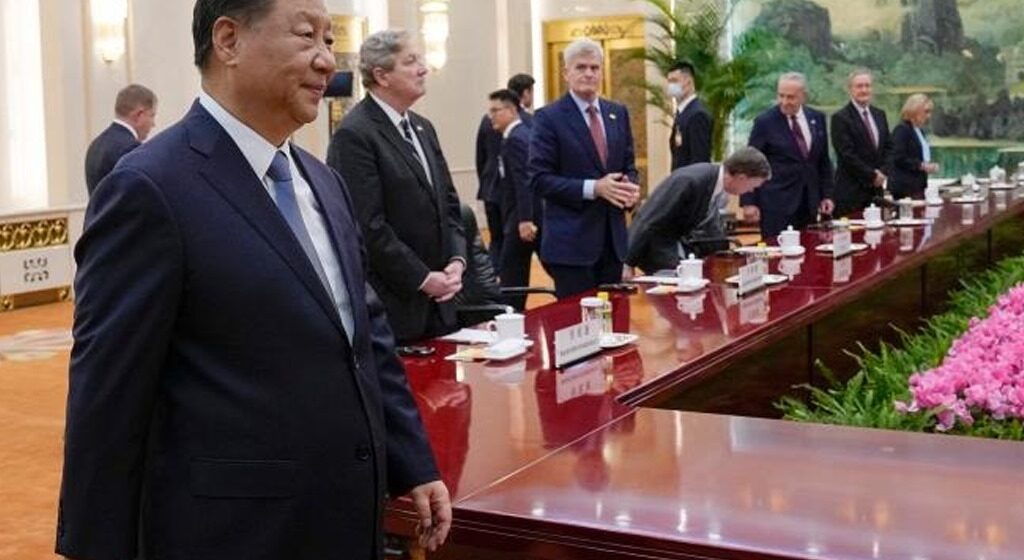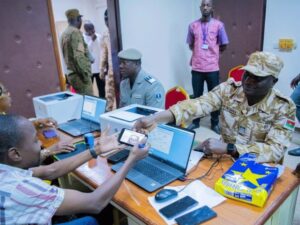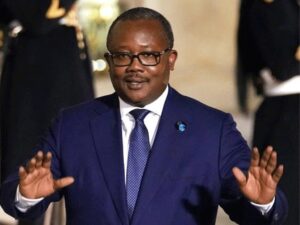China: «The belt and the road», to debt the stakeholders?

Beijing will host the third Forum of the Belt and Road for International Cooperation from Wednesday. Launched 10 years ago by China, the BRI (Belt and Road initiative) aims to build infrastructure for the benefit of various countries. It aims to connect China to Europe and Africa via highways, railways, bridges, dams, tunnels, ports and telecommunications.
While it is presented as a win-win by Beijing, the BRI is debated, because it is reminiscent of the Marshall Plan launched by the United States after the Second World War. As a result of the projects financed by loans mainly granted by Chinese banks, several countries would find themselves trapped in debt. The indebtedness of the borrowing countries could prove unsustainable and lead to default, condemning these countries to sell their assets to Chinese creditors.
The Attarat power plant, for example, has left Jordan with a multi-billion-dollar debt to China, all for a power plant that no longer needs energy, due to other agreements reached since the project was designed. Today Kenya will soon have to sell its main port to the Middle Kingdom for lack of liquidity to repay the loan granted to it for the construction of the railway.
Rather than being a simple Chinese bilateral initiative, the Silk Road should be part of a multilateral framework aimed at achieving the UN Sustainable Development Goals for all stakeholders. This implies, on the one hand, ensuring compliance with the principles of transparency, financial accountability and debt sustainability, as well as social, environmental and human rights standards.






